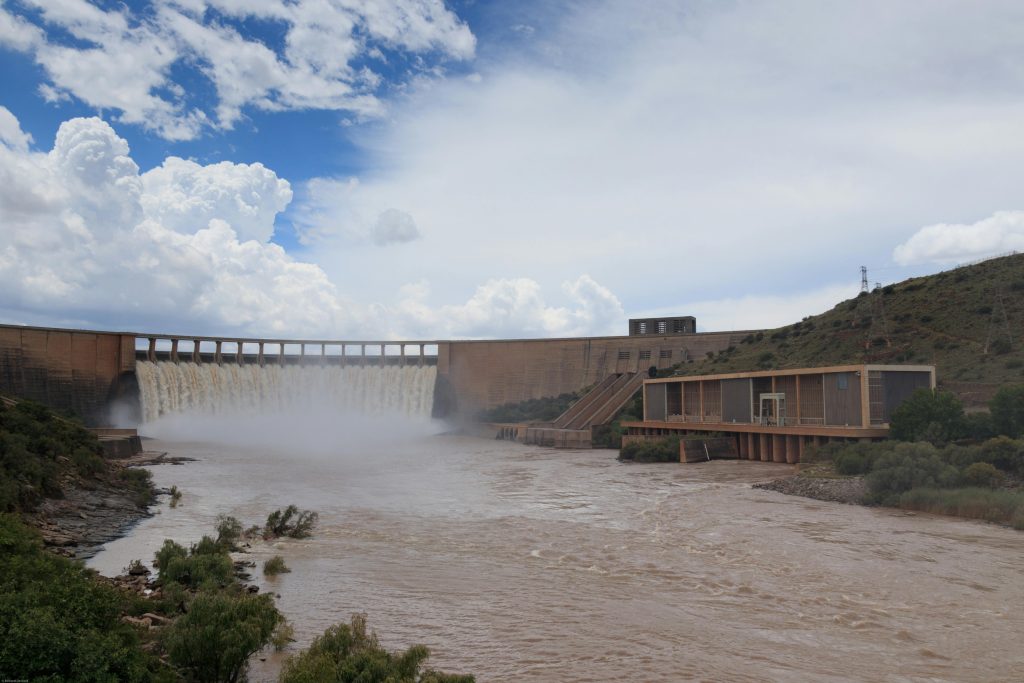
Renewable Energy for Tomorrow Africa
Written by: Jeremiah Salaam
Many African nations primarily rely on non-renewable energy sources, but how might our experience change if we invested in renewable energy instead?
Non-renewable energy resources, once exhausted, cannot be restored. These include coal, natural gas, oil, and nuclear energy. On the other hand, renewable energy harnesses power from limitless, naturally replenishing sources like the sun and wind. Given the finite supply of non-renewable energy and its contribution to harmful greenhouse gas emissions and global warming, it is crucial to transition systematically from non-renewable to renewable energy sources.
Renewable energy encompasses sources like solar, wind, hydropower, and geothermal. Solar energy taps into the sun’s power, converting it into electricity through solar panels. The National Renewable Energy Laboratory states that more solar energy reaches the Earth in one hour than the entire world’s annual consumption. Since 2011, Africa’s solar energy capacity has been on the rise. According to the International Energy Agency (IEA), solar power could provide 15% of Africa’s electricity by 2030 and 30% by 2040 under the Africa case scenario.
Imagine the opportunities if we fully embrace this movement. Wind energy, for instance, captures the power of the wind using mechanical devices to transform kinetic energy into electricity. Emmanuel Anwanaodung highlights, “PricewaterhouseCoopers reports that Africa’s wind potential could reach 59 GW. Unfortunately, the Global Wind Council reveals that only 0.01% of this capacity is currently harnessed.” This represents significant untapped potential. Hydropower, another key resource, is one of the oldest and most substantial renewable energy sources, generating electricity from the natural flow of water from higher to lower elevations. While Africa has begun to utilize this resource, 90% of its potential remains unexplored. The continent’s hydropower potential is estimated at about 340 GW.
Geothermal energy on the other hand harnesses the Earth’s internal heat, particularly near tectonic plate boundaries. These geothermal resources are reservoirs of hot water, either naturally occurring or human-made, found at various temperatures and depths beneath the Earth’s surface. Deep underground, the combination of rock, fluid, and fluid mobility among the rock creates the conditions essential for electricity generation. Presently, Kenya leads Africa in geothermal energy development.
The sources listed above represent some of the most prevalent renewable energy options, though they do not cover all possibilities. Other renewable energy types are still emerging. Acknowledging the potential of renewable energy to cut greenhouse gas emissions, lessen dependence on fossil fuels, boost domestic production, and drive economic growth—along with its reliability, sustainability, and endless availability—makes it an exceptionally promising energy source.
Transitioning to renewable energy requires a systematic approach to address challenges like high initial costs, weather dependency, low efficiency, and space requirements. This transition should be undertaken thoughtfully by following these steps: defining clear objectives, developing a strategic plan to reach these goals, gathering essential resources, communicating goals and strategies clearly, and setting a timeline.
The benefits of utilizing renewable energy greatly surpass the obstacles, offering a promising future for Africa.